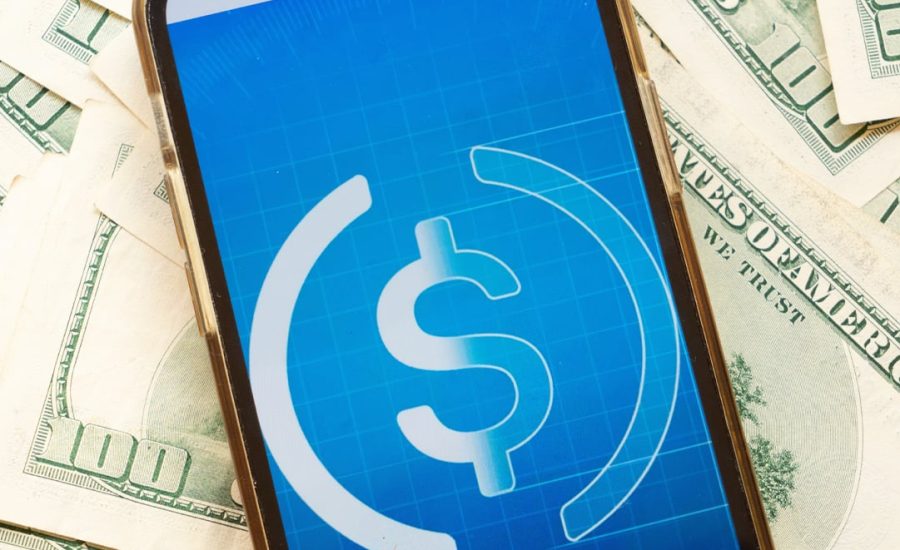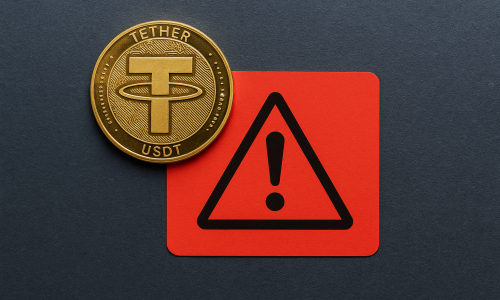Circle and the USD Coin (USDC): A Closer Look
Circle, the company behind the widely-used USD Coin (USDC) stablecoin, has come under scrutiny from the U.S. Securities and Exchange Commission (SEC). This investigation represents a significant development in the world of stablecoins, with potential far-reaching consequences for the future of USDC and, by extension, the broader stablecoin market.
The SEC’s Watchful Eye
The U.S. SEC, responsible for regulating securities and financial markets, has increasingly focused on the cryptocurrency space in recent years. This attention stems from concerns about investor protection, market integrity, and compliance with existing regulations.
USDC: A Cornerstone of the Stablecoin Ecosystem
USDC, one of the most popular stablecoins in the world, plays a pivotal role in the cryptocurrency ecosystem. Stablecoins are digital assets designed to maintain a stable value, often pegged to a fiat currency like the U.S. dollar. USDC is widely used in various blockchain applications, including trading, lending, and remittances. Its stability and transparency have made it a preferred choice for many crypto users.
The Impact of SEC Investigation
The SEC’s investigation into Circle and, by extension, USDC, raises several important considerations:
1. Regulatory Scrutiny of Stablecoins: The SEC’s attention to USDC signals that stablecoins are coming under regulatory scrutiny. While stablecoins offer stability and utility in the crypto space, they must meet regulatory requirements to ensure investor protection and financial stability.
2. USDC’s Future: If the SEC were to take action against Circle or USDC, it could have a substantial impact on the future of the stablecoin. Such action could include regulations, fines, or restrictions on the use and issuance of USDC. This could disrupt the stablecoin’s ecosystem and affect its value and accessibility.
3. Wider Implications for Stablecoins: The investigation also has broader implications for the entire stablecoin market. Other prominent stablecoins, such as Tether (USDT) and Binance USD (BUSD), might face increased regulatory scrutiny as a result. The stablecoin market, which is an essential component of the cryptocurrency ecosystem, could experience regulatory changes that affect its overall operation and trustworthiness.
The Balance Between Regulation and Innovation
As regulators like the SEC delve deeper into the cryptocurrency space, it becomes increasingly apparent that striking the right balance between innovation and regulation is a challenging endeavor. While regulation can provide a level of security and transparency for investors, it can also stifle innovation and limit market access.
Conclusion
The SEC’s investigation into Circle and the USDC stablecoin underscores the evolving nature of the cryptocurrency market. As the industry matures and gains broader recognition, regulatory bodies are taking a closer look to ensure that the space complies with established financial regulations. The outcome of this investigation will be closely monitored by cryptocurrency enthusiasts, investors, and industry participants alike.
Stablecoins play a crucial role in the cryptocurrency ecosystem, providing a bridge between traditional finance and blockchain technology. The potential consequences of increased regulation on stablecoins, as demonstrated by the SEC’s interest in USDC, emphasize the need for responsible and adaptable approaches to the evolving cryptocurrency landscape. While regulation can enhance trust, it should be crafted thoughtfully to support innovation while safeguarding the interests of all stakeholders. The outcome of this investigation will likely shape the future of stablecoins and their place within the wider financial system.



